What is an EPF Calculator and How Can It Help Create Tax-Free Funds?
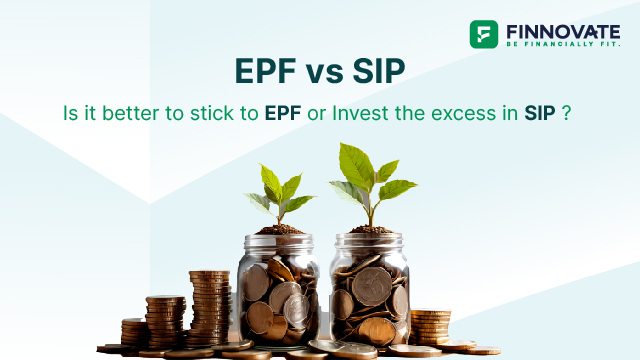
By

Scenario
1: I am
25-year-old. My basic salary is Rs 30,000. I will exhaust the full limit of EPF
(12% of basic salary). Here, I will increase my EPF contribution 5% every year.
My EPF at the time of retirement at 60 years of age?
|
|
|
|
|
|
Scenario 1 |
|||
|
Age |
Year |
Invested Value |
Future Value |
|
25 |
1 |
43200 |
46,764 |
|
26 |
2 |
45360 |
53,153 |
|
27 |
3 |
47628 |
60,415 |
|
28 |
4 |
50009 |
68,669 |
|
29 |
5 |
52510 |
78,051 |
|
30 |
6 |
55135 |
88,715 |
|
31 |
7 |
57892 |
1,00,836 |
|
32 |
8 |
60787 |
1,14,613 |
|
33 |
9 |
63826 |
1,30,271 |
|
34 |
10 |
67017 |
1,48,070 |
|
35 |
11 |
70368 |
1,68,300 |
|
36 |
12 |
73887 |
1,91,294 |
|
37 |
13 |
77581 |
2,17,429 |
|
38 |
14 |
81460 |
2,47,136 |
|
39 |
15 |
85533 |
2,80,900 |
|
40 |
16 |
89810 |
3,19,279 |
|
41 |
17 |
94300 |
3,62,900 |
|
42 |
18 |
99015 |
4,12,481 |
|
43 |
19 |
103966 |
4,68,836 |
|
44 |
20 |
109164 |
5,32,891 |
|
45 |
21 |
114622 |
6,05,697 |
|
46 |
22 |
120354 |
6,88,451 |
|
47 |
23 |
126371 |
7,82,510 |
|
48 |
24 |
132690 |
8,89,421 |
|
49 |
25 |
139324 |
10,10,938 |
|
50 |
26 |
146291 |
11,49,057 |
|
51 |
27 |
153605 |
13,06,047 |
|
52 |
28 |
161285 |
14,84,486 |
|
53 |
29 |
169350 |
16,87,304 |
|
54 |
30 |
177817 |
19,17,832 |
|
55 |
31 |
186708 |
21,79,856 |
|
56 |
32 |
196043 |
24,77,679 |
|
57 |
33 |
205845 |
28,16,191 |
|
58 |
34 |
216138 |
32,00,954 |
|
59 |
35 |
226945 |
36,38,284 |
|
60 |
36 |
238292 |
41,35,364 |
|
|
Total |
4140129 |
3,40,61,077 |
Basic Salary: 30,000
Initial Investment: Rs 30,000 per year (12% of your basic salary)
Annual Contribution Increase: 5%
Key takeaways:
You would contribute a total of Rs 41,40,129 throughout your working years till 60.
Considering
an assumed interest rate of 8.25%, the future value of your EPF at retirement
could be around Rs 3,40,61,077.
Scenario
2. I am
25-year-old. My basic salary is Rs 30,000. I will contribute Rs 1,800 a month
to EPF and will keep it at the same level till retirement at 60. What I will do
here, I will invest the rest of the amount in a SIP and expect a 12 per cent
annual return from there. Here, I will also increase my SIP amount by 5% every
year. What will be my retirement corpus through (PF+SIP) at 60. Please exclude
long-term capital gain tax from corpus.
|
Scenario 2 |
|
Invested Value |
|
Invested Value |
|
|
Age |
Year |
EPF |
fv |
MF |
FV |
|
25 |
1 |
21600 |
23,382 |
21,600 |
24,192 |
|
26 |
2 |
21600 |
25,311 |
22,680 |
28,450 |
|
27 |
3 |
21600 |
27,399 |
23,814 |
33,457 |
|
28 |
4 |
21600 |
29,660 |
25,005 |
39,345 |
|
29 |
5 |
21600 |
32,107 |
26,255 |
46,270 |
|
30 |
6 |
21600 |
34,755 |
27,568 |
54,414 |
|
31 |
7 |
21600 |
37,623 |
28,946 |
63,991 |
|
32 |
8 |
21600 |
40,726 |
30,393 |
75,253 |
|
33 |
9 |
21600 |
44,086 |
31,913 |
88,497 |
|
34 |
10 |
21600 |
47,724 |
33,509 |
1,04,073 |
|
35 |
11 |
21600 |
51,661 |
35,184 |
1,22,390 |
|
36 |
12 |
21600 |
55,923 |
36,943 |
1,43,930 |
|
37 |
13 |
21600 |
60,536 |
38,790 |
1,69,262 |
|
38 |
14 |
21600 |
65,531 |
40,730 |
1,99,052 |
|
39 |
15 |
21600 |
70,937 |
42,767 |
2,34,085 |
|
40 |
16 |
21600 |
76,789 |
44,905 |
2,75,284 |
|
41 |
17 |
21600 |
83,124 |
47,150 |
3,23,734 |
|
42 |
18 |
21600 |
89,982 |
49,508 |
3,80,712 |
|
43 |
19 |
21600 |
97,406 |
51,983 |
4,47,717 |
|
44 |
20 |
21600 |
1,05,442 |
54,582 |
5,26,515 |
|
45 |
21 |
21600 |
1,14,140 |
57,311 |
6,19,182 |
|
46 |
22 |
21600 |
1,23,557 |
60,177 |
7,28,158 |
|
47 |
23 |
21600 |
1,33,751 |
63,186 |
8,56,314 |
|
48 |
24 |
21600 |
1,44,785 |
66,345 |
10,07,025 |
|
49 |
25 |
21600 |
1,56,730 |
69,662 |
11,84,261 |
|
50 |
26 |
21600 |
1,69,660 |
73,145 |
13,92,691 |
|
51 |
27 |
21600 |
1,83,657 |
76,803 |
16,37,805 |
|
52 |
28 |
21600 |
1,98,809 |
80,643 |
19,26,058 |
|
53 |
29 |
21600 |
2,15,210 |
84,675 |
22,65,045 |
|
54 |
30 |
21600 |
2,32,965 |
88,909 |
26,63,693 |
|
55 |
31 |
21600 |
2,52,185 |
93,354 |
31,32,502 |
|
56 |
32 |
21600 |
2,72,990 |
98,022 |
36,83,823 |
|
57 |
33 |
21600 |
2,95,512 |
1,02,923 |
43,32,176 |
|
58 |
34 |
21600 |
3,19,891 |
1,08,069 |
50,94,639 |
|
59 |
35 |
21600 |
3,46,282 |
1,13,472 |
59,91,295 |
|
60 |
36 |
21600 |
3,74,851 |
1,19,146 |
70,45,763 |
|
|
Total |
777600 |
46,35,077 |
20,70,065 |
4,69,41,053 |
|
Invested |
20,70,065 |
|
FV |
4,69,41,053 |
|
Gains |
4,48,70,989 |
|
TAX |
44,77,099 |
|
Corpus |
4,24,63,954 |
|
Total Corpus of EPF + MF |
4,70,99,032 |
|
|
|
By contributing towards your retirement corpus through SIP and EPF, you can accumulate a sizable amount of Rs. 4,70,99,032 by the time you retire at 60. This calculation excludes Long Term Capital Gains (LTCG) tax on SIP investments.
Here's a breakdown of the contributions:
EPF: Rs. 7,77,600 (assuming constant contribution of Rs. 1800 per month till retirement)
SIP: Rs. 20,70,065 (assuming a 12% annual return and 5% annual increment in SIP amount)
Scenario
3. I am 25
years old and not an employed person. I have my own business. I am starting an
SIP. The amount is the same what an employed person with a Rs 30,000 basic
salary would have contributed to EPF had he opted for a full 12% limit (As in
Scenario 1). I will also increase my SIP contribution by 5% every year. What
will be my corpus amount at 60? Please exclude long-term capital gain tax from
corpus.
|
Scenario 3 |
|
Invested Value |
|
|
Age |
Year |
MF |
FV |
|
25 |
1 |
43,200 |
48,384 |
|
26 |
2 |
45,360 |
56,900 |
|
27 |
3 |
47,628 |
66,914 |
|
28 |
4 |
50,009 |
78,691 |
|
29 |
5 |
52,510 |
92,540 |
|
30 |
6 |
55,135 |
1,08,827 |
|
31 |
7 |
57,892 |
1,27,981 |
|
32 |
8 |
60,787 |
1,50,506 |
|
33 |
9 |
63,826 |
1,76,995 |
|
34 |
10 |
67,017 |
2,08,146 |
|
35 |
11 |
70,368 |
2,44,779 |
|
36 |
12 |
73,887 |
2,87,861 |
|
37 |
13 |
77,581 |
3,38,524 |
|
38 |
14 |
81,460 |
3,98,104 |
|
39 |
15 |
85,533 |
4,68,171 |
|
40 |
16 |
89,810 |
5,50,569 |
|
41 |
17 |
94,300 |
6,47,469 |
|
42 |
18 |
99,015 |
7,61,423 |
|
43 |
19 |
1,03,966 |
8,95,434 |
|
44 |
20 |
1,09,164 |
10,53,030 |
|
45 |
21 |
1,14,622 |
12,38,364 |
|
46 |
22 |
1,20,354 |
14,56,316 |
|
47 |
23 |
1,26,371 |
17,12,627 |
|
48 |
24 |
1,32,690 |
20,14,050 |
|
49 |
25 |
1,39,324 |
23,68,522 |
|
50 |
26 |
1,46,291 |
27,85,382 |
|
51 |
27 |
1,53,605 |
32,75,610 |
|
52 |
28 |
1,61,285 |
38,52,117 |
|
53 |
29 |
1,69,350 |
45,30,089 |
|
54 |
30 |
1,77,817 |
53,27,385 |
|
55 |
31 |
1,86,708 |
62,65,005 |
|
56 |
32 |
1,96,043 |
73,67,646 |
|
57 |
33 |
2,05,845 |
86,64,352 |
|
58 |
34 |
2,16,138 |
1,01,89,277 |
|
59 |
35 |
2,26,945 |
1,19,82,590 |
|
60 |
36 |
2,38,292 |
1,40,91,526 |
|
|
Total |
41,40,129 |
9,38,82,106 |
|
Invested |
41,40,129 |
|
FV |
9,38,82,106 |
|
Gains |
8,97,41,977 |
|
TAX |
89,64,198 |
|
Corpus |
8,49,17,909 |
By starting a SIP with an annual contribution of Rs 43,200 and increasing it by 5% every year, you can accumulate a corpus of approximately Rs 8.49 crore by the time you reach 60 years old. Here's a breakdown:
Total Invested Amount: Rs 41,40,129 (matches Scenario 1)
Future Value (without capital gains tax): Rs 9,38,82,106
Estimated Capital Gains (not taxed): Rs 8,97,41,977
Corpus Amount (after excluding capital gains tax): Rs 8,49,17,909
The workings conclude that investing in a Systematic Investment Plan (SIP) can potentially generate a larger retirement corpus compared to Employee Provident Fund (EPF) alone. This is because SIPs allow for higher returns (assumed 12% vs 8.25% for EPF).

Learn how to easily download your NSDL CAS Statement in PDF format with our step-by-step guide. Follow our instructions to log in to NSDL e-Services, download your account statement, and subscribe for
Read Full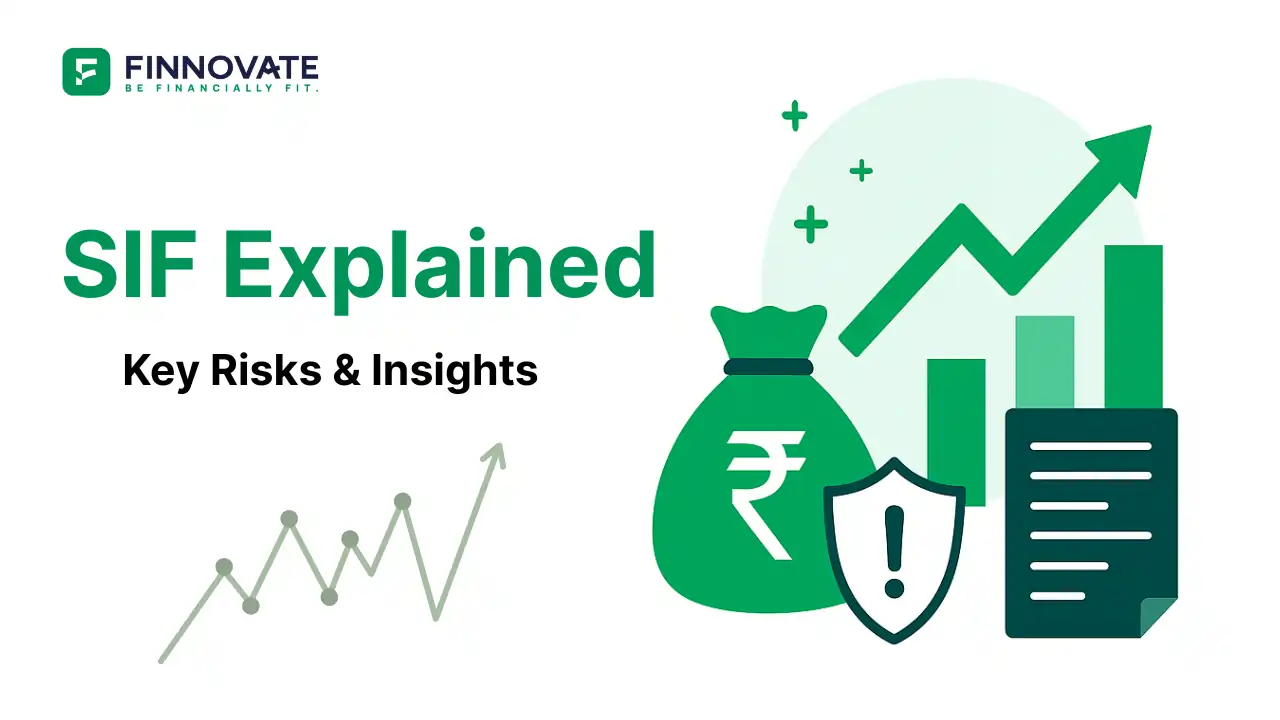
Explore what Specialised Investment Funds (SIFs) are, their benefits, taxation, minimum investment, how to invest, how they compare with mutual funds and PMS and latest developments in SIF space
Read Full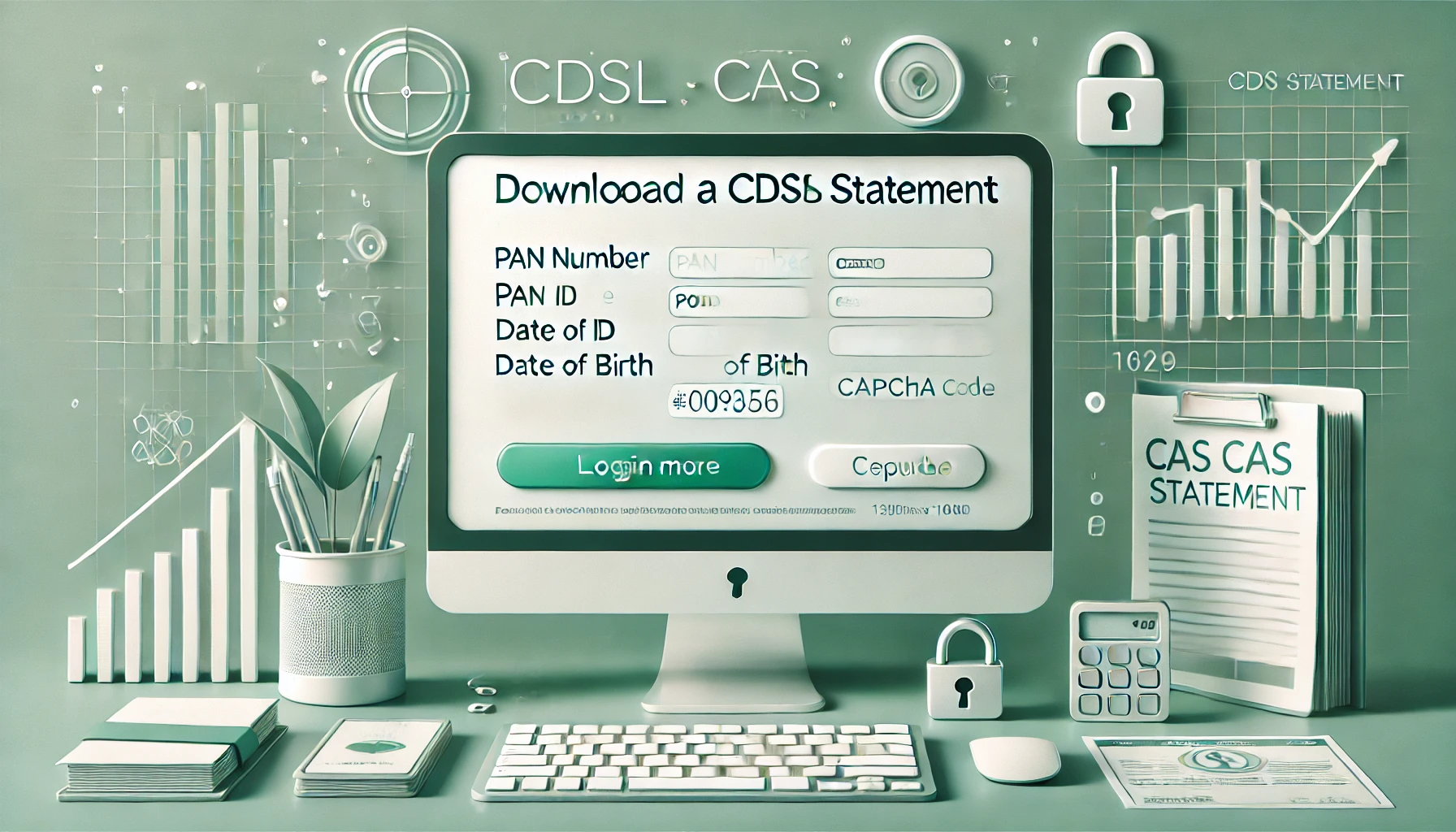
Learn How to Download Your CDSL CAS Statement with our step-by-step guide. Easy instructions for accessing your investment details online.
Read Full
Analyzing the potential economic impact of the 2025 India-Pakistan conflict on India's GDP growth, manufacturing sector, and foreign investment.
Read Full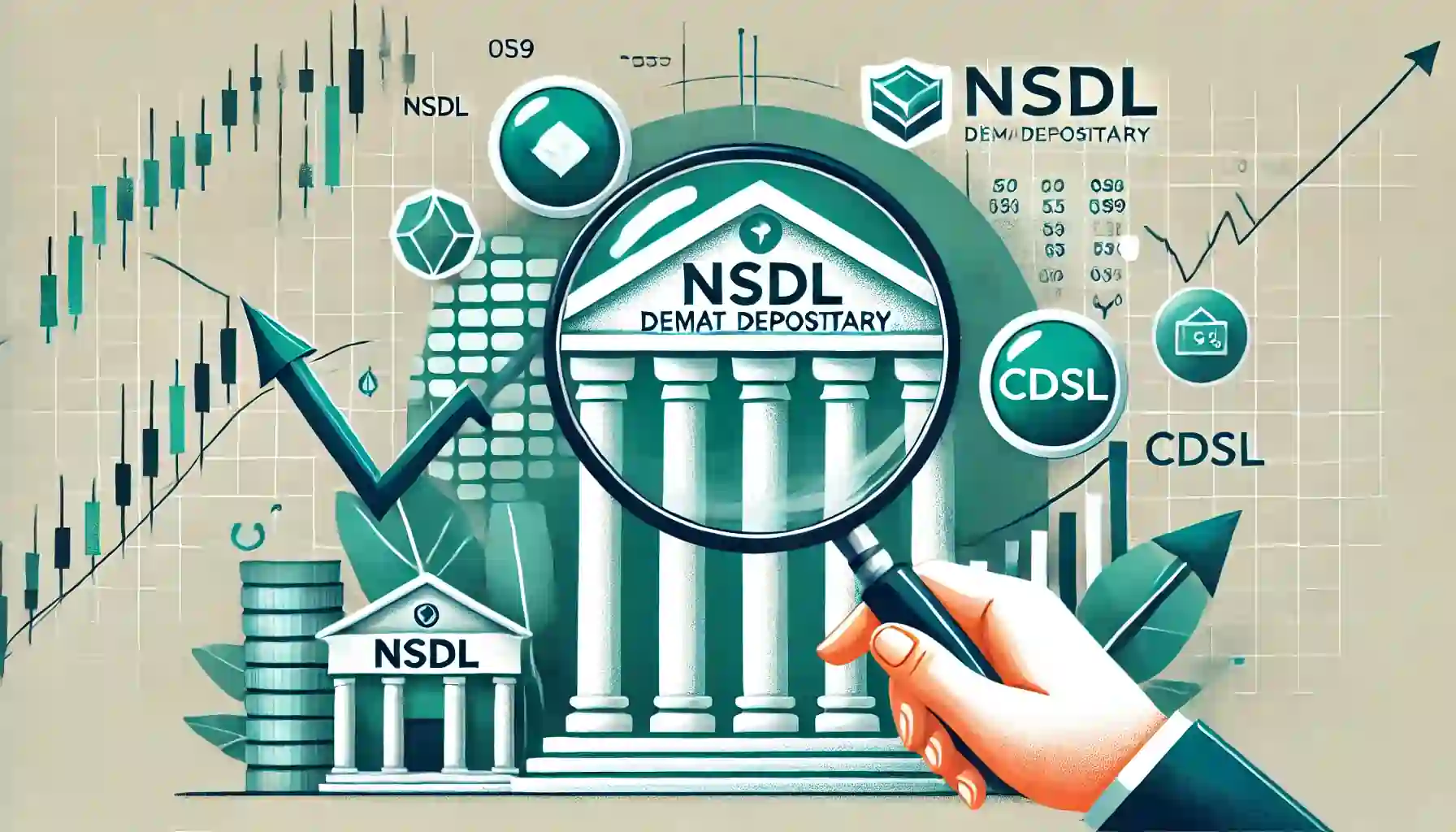
Determine if your Demat Depositary (DP) is NSDL or CDSL easily. Follow our guide to check using broking platforms or Demat account number formats
Read Full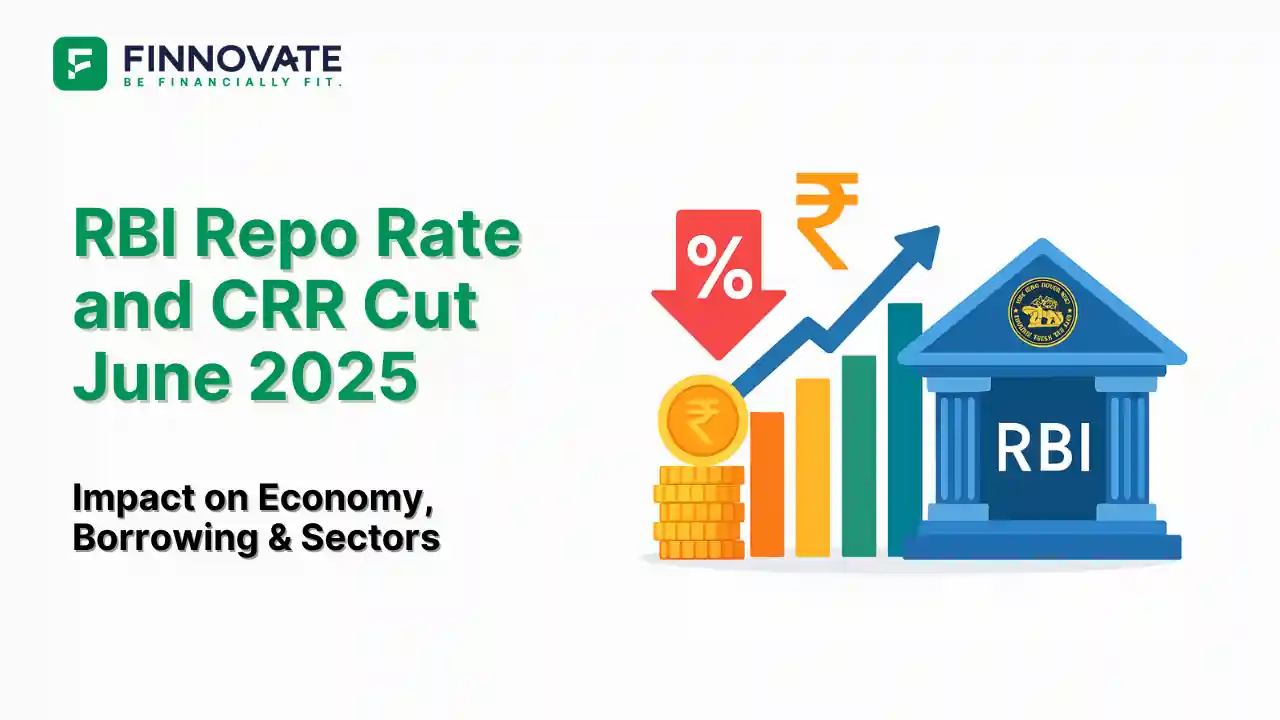
RBI cuts repo rate by 50 bps and CRR by 100 bps in June 2025 to boost growth. Learn how it impacts inflation, borrowing, sectors, and market trends.
Read Full
Looking for the best financial freedom books? Here’s a handpicked 2025 reading list with summaries, why to read, and who it's best for.
Read Full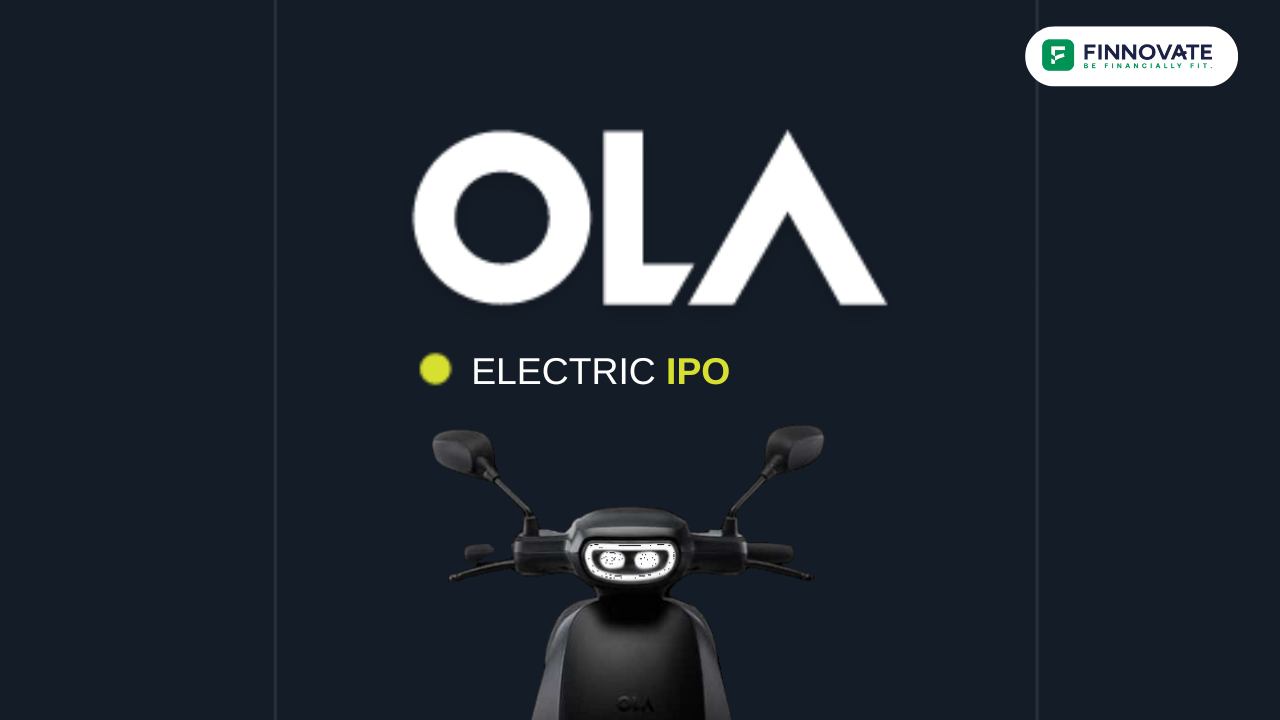
Discover key facts about Ola Electric IPO launching in 2024. Simple guide covering business, financials and investment potential.
Read Full